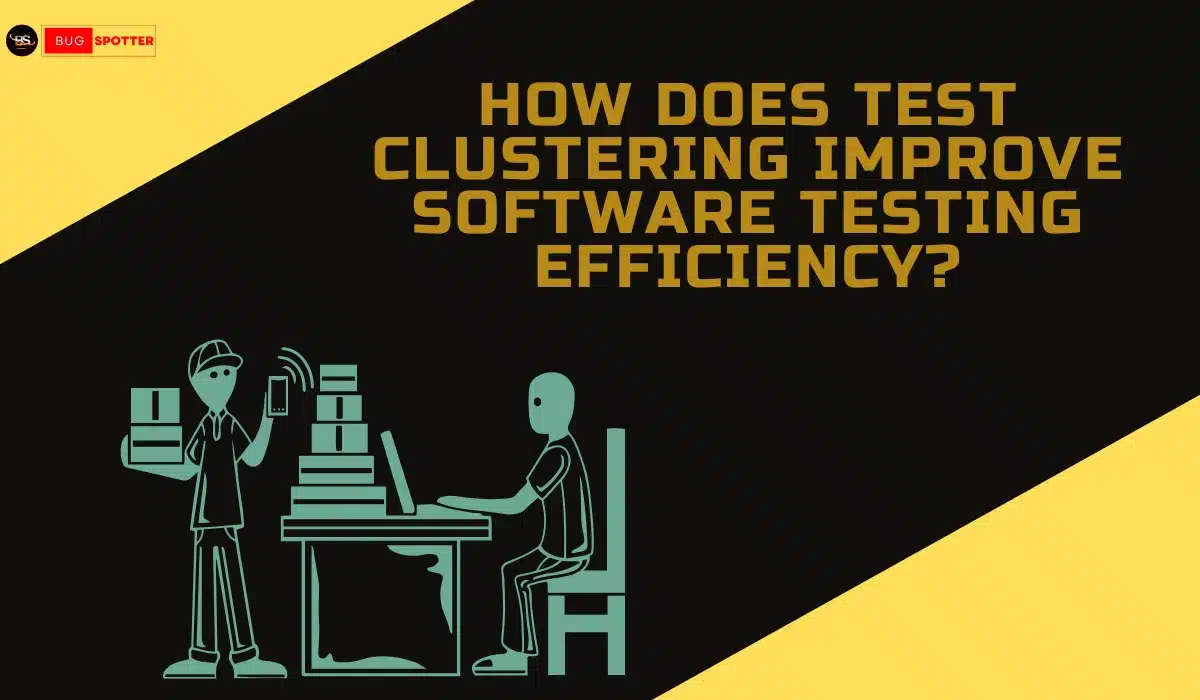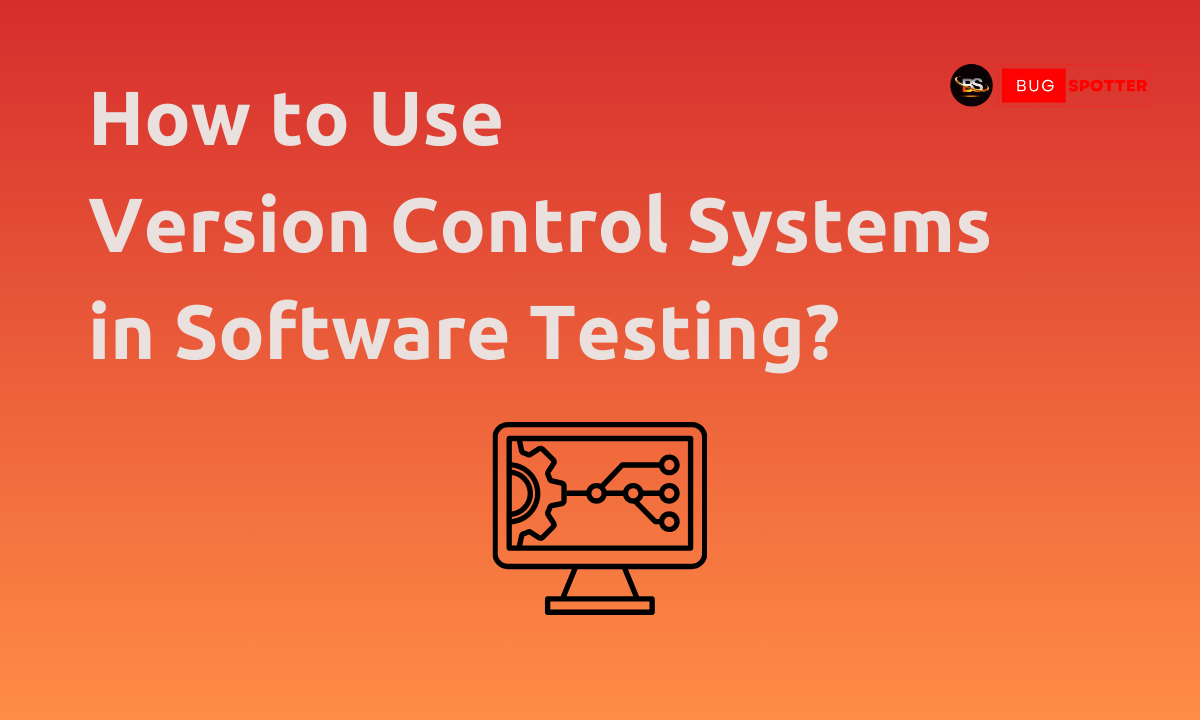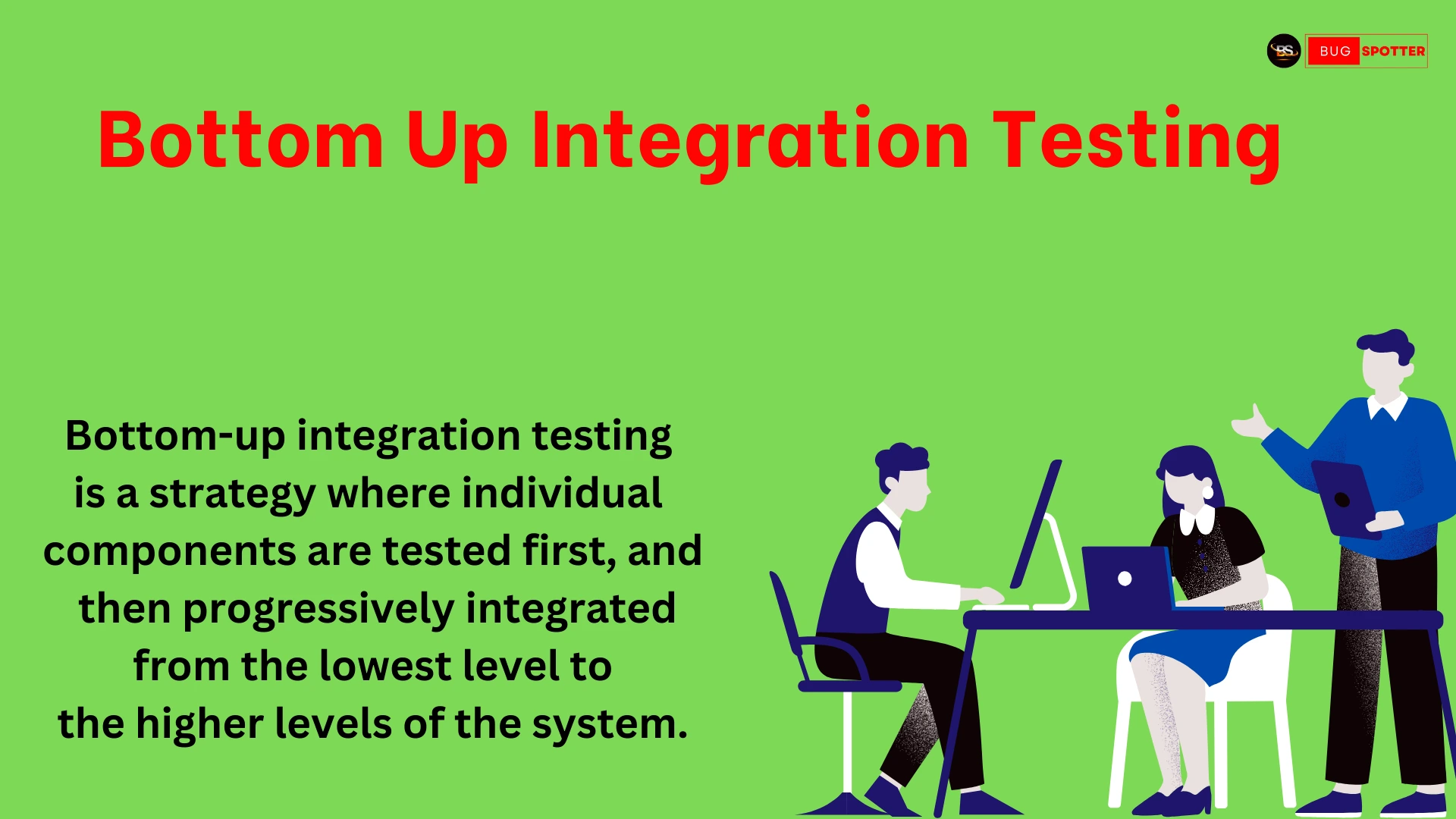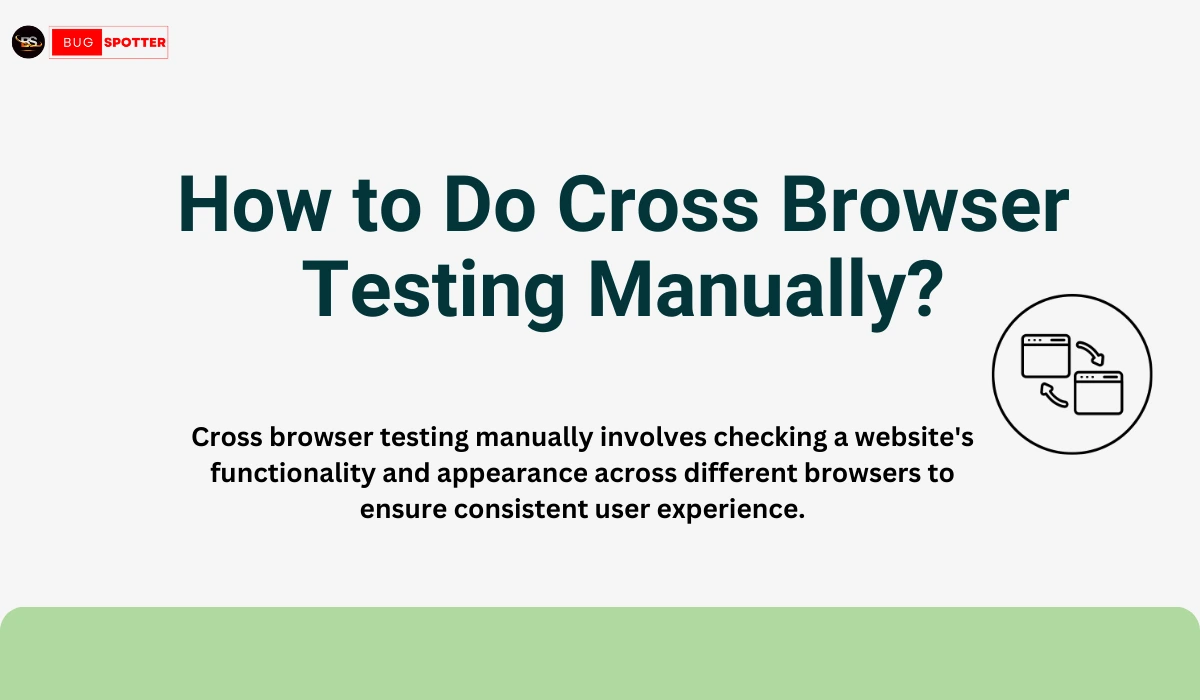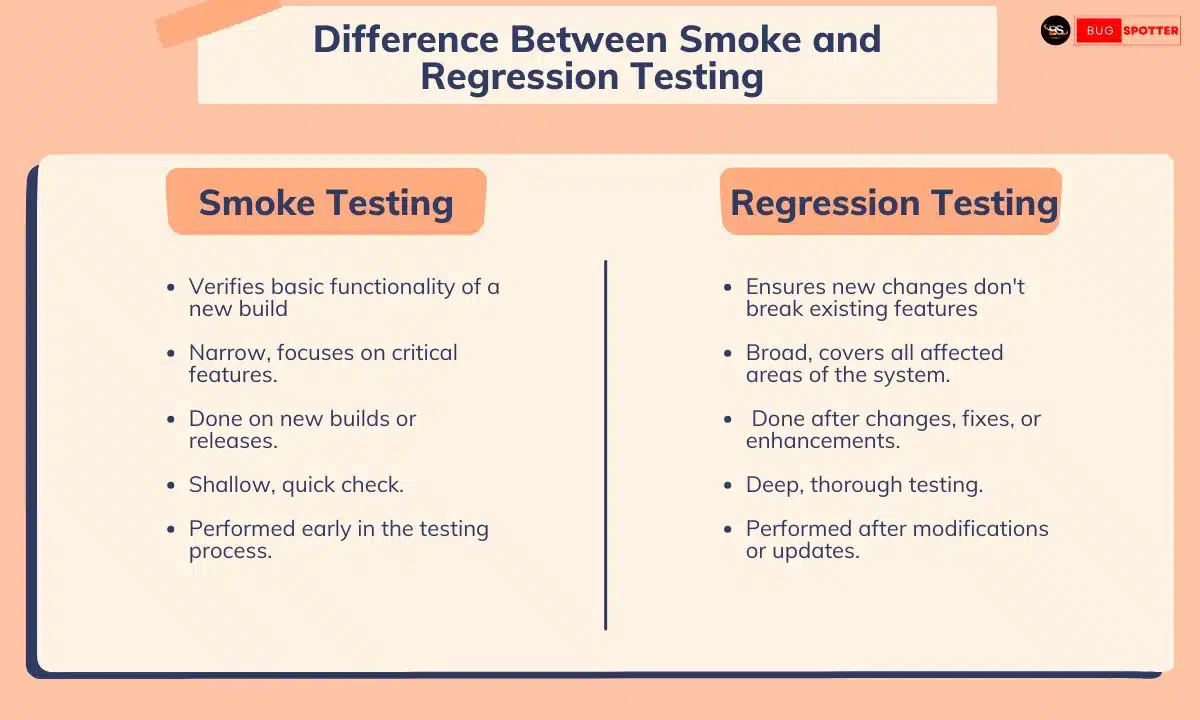Software Testing Interview Questions for Oracle
Table of Contents

Manual Testing vs Automation Testing
| Aspect | Manual Testing | Automation Testing |
|---|---|---|
| Execution | Human testers execute test cases. | Tests are executed using tools/scripts. |
| Speed | Slower due to manual execution. | Faster, especially for repetitive tests. |
| Cost | Lower initial cost, higher long-term. | Higher initial cost, cost-effective for large tests. |
| Flexibility | More flexible for exploratory testing. | Best for repetitive and regression testing. |
| Test Coverage | Limited due to time constraints. | Higher coverage, more tests in less time. |
1. What is software testing, and why is it important?
Answer:
Software testing is the process of evaluating a system or its components to ensure they meet specified requirements and function correctly. It is crucial for ensuring software quality, identifying defects, and enhancing user satisfaction.
2. Explain the difference between manual testing and automated testing.
Answer:
Manual testing involves human testers executing test cases without automation tools, while automated testing uses software tools to execute tests. Manual testing is ideal for exploratory and usability scenarios, whereas automated testing is best for repetitive tasks and regression tests.
3. What are the different levels of testing?
Answer:
Levels of testing include:
- Unit Testing: Tests individual components for correctness.
- Integration Testing: Tests interactions between integrated components.
- System Testing: Tests the complete system against requirements.
- Acceptance Testing: Verifies if the system meets business needs.
4. Describe the software development life cycle (SDLC) and the role of testing within it.
Answer:
The SDLC outlines the stages of software development: planning, analysis, design, implementation, testing, deployment, and maintenance. Testing ensures each phase meets defined requirements and functions correctly before progressing.
5. What is the difference between verification and validation?
Answer:
Verification checks if the software meets specified requirements during development stages. Validation ensures that the final product meets the needs and expectations of end users, usually conducted after development.
6. What are black-box and white-box testing? Provide examples of each.
Answer:
- Black-box Testing: Evaluates functionality without examining internal code (e.g., functional testing).
- White-box Testing: Involves testing internal logic and structure of the code (e.g., unit testing).
7. Explain the concept of regression testing and its importance.
Answer:
Regression testing verifies that existing software functionality remains unaffected by changes or new code. It is vital for maintaining software quality and ensuring that new updates do not introduce defects.
8. What is exploratory testing, and when is it most effective?
Answer:
Exploratory testing is an informal approach where testers explore the software without predefined test cases. It is most effective when requirements are unclear or time is limited.
9. Describe boundary value analysis and equivalence partitioning.
Answer:
- Boundary Value Analysis: Tests at the edges of input ranges (e.g., values just below, at, and above a limit).
- Equivalence Partitioning: Divides input data into valid and invalid partitions, allowing for representative test cases from each.
10. How do you write a test case? What are the key components?
Answer:
A test case should include:
- Test Case ID
- Description
- Preconditions
- Test Steps
- Expected Results
- Actual Results
- Status (Pass/Fail)
11. What is a test plan, and what should it include?
Answer:
A test plan outlines the testing strategy, objectives, resources, schedule, and scope. It should include test objectives, scope, approach, resource requirements, schedule, and risk assessment.
12. How do you prioritize test cases?
Answer:
Test cases can be prioritized based on factors like risk of failure, business impact, frequency of use, complexity, and regulatory requirements.
13. What testing tools have you used, and what do you like about them?
Answer:
I have used Selenium for web automation due to its flexibility and multi-language support. JIRA is effective for bug tracking and project management, offering a user-friendly interface.
14. Explain the process of selecting a test automation tool.
Answer:
The process involves assessing the application type, evaluating tool features, considering team expertise, reviewing community support, and comparing costs to the budget.
15. How do you manage test data in automated tests?
Answer:
Test data can be managed by using dedicated test databases, employing data generation tools, implementing data masking techniques for sensitive information, and resetting data between test runs.
16. What is a defect life cycle?
Answer:
The defect life cycle includes stages such as New, Assigned, Open, Fixed, Retested, Closed, and Reopened.
17. How do you prioritize and classify defects?
Answer:
Defects can be prioritized based on severity (impact) and urgency (time sensitivity). Classification may include functional, performance, usability, or security defects.
18. What is the role of a bug tracking tool in the testing process?
Answer:
A bug tracking tool documents, tracks, and manages defects, enabling effective communication, prioritizing issues, and maintaining a historical record of defects.
19. How does testing differ in Agile environments compared to traditional methods?
Answer:
In Agile, testing is integrated throughout the development process with continuous collaboration between developers and testers. Testing cycles are shorter, often performed in sprints, and feedback is more frequent.
20. What is continuous testing, and why is it important in DevOps?
Answer:
Continuous testing involves running automated tests throughout the software development lifecycle to ensure code quality. It provides immediate feedback, accelerates release cycles, and maintains high quality.
21. How do you handle conflicts within a testing team?
Answer:
I would facilitate open communication, encourage team members to express their views, and seek common ground while focusing on project goals.
22. Describe a challenging testing project you worked on and how you overcame the challenges.
Answer:
I faced challenges with unclear requirements. I organized meetings with stakeholders to clarify requirements, which helped create accurate test cases.
23. If you find a critical bug just before a release, what steps would you take?
Answer:
I would document the bug with reproduction steps, communicate the issue to the development team immediately, assess its impact on the release, and collaborate to determine if a fix can be implemented or if the release should be postponed.
24. How would you approach testing a product with incomplete requirements?
Answer:
I would prioritize communication with stakeholders to gather information and use exploratory testing to identify issues based on existing functionality.
25. What are the latest trends in software testing that you find interesting?
Answer:
Trends include the use of AI and machine learning in test automation, the shift toward continuous testing and DevOps practices, an increased focus on security testing, and the growing use of test containers and cloud-based testing environments.



